Formula 1®
Explained: This is how a Formula One pit stop works
A Formula One pit stop is much more than just stopping, changing tires and accelerating away. Absolute precision, perfect teamwork and split-second decisions are needed for a smooth pit stop. Since the start of this year, the fastest pit crew has been awarded a point towards the 2015 DHL Pit Stop Award after each race weekend. DHL InMotion explains how a Formula One pit stop works.
Driving into the pits
The driver has to brake at exactly the right point at the entrance to the pit lane and with the same precision as when braking for a turn. Too early, and he loses valuable time, too late, and he gets a penalty. He presses the pit lane limiter button while braking but leaves it as late as possible. The timing has to be exactly right. He can also lose a lot of time if he brakes too early – or if he does the opposite, overshoots and runs into a mechanic. Teams put a marker in the pit lane as an aid to indicate to the driver where to he should begin to turn into the pits.
Stopping in the pits
When coming to a stop, it’s important to hit the stopping point in the longitudinal axis exactly right and not to deviate sideways from the position where the driver plans to stop either. If he stops too far to the right or left, the mechanic has to take a step back, which spoils his rhythm and takes time. If the driver comes to a halt 20 to 30 cm too far forward, too far back or not in the middle, then the stop can take 0.6 to one second longer.
Time spent stationary
The car is taken out of gear and put into neutral while stationary. The driver must remain on the brakes to prevent the wheels from turning when the car is standing still. Usually, there’s no radio communication during the stop, so that everyone can be very focused on their roles. The driver’s attention should be fixed only on the lights or the lollipop man. He must rely totally on their signals and forget everything else.
Mechanics at the pit stop
Three mechanics stand ready at each wheel, one with a wheel gun to loosen the nut and tighten it up again, one to remove the old wheel and another to put the new one back on. Ideally, they do everything from where they are positioned without having to move either themselves or their equipment. Normally, the same people stand at the same wheel throughout the whole year, so that the routine becomes completely automated. There are also two mechanics to lift the car and lower it back down, one at the front and one at the back.
Lights
In the modern-day Formula One, many teams have replaced the famous 'lollipop man' who gives the signal to drive off, with traffic lights which can only be switched to green when the mechanics on all four wheels and to the front and rear signal that everything is okay by hitting a button. The car is finally released by another mechanic who monitors everything that’s happening. It's a responsible position, because there may be a mechanic still working on the car or perhaps traffic approaching from the rear.
Setting off in the pits
Setting off is almost like starting. The revs have to be right, then the driver puts the car back into gear again. By the way, there’s a clutch lever on both sides of the steering wheel. The driver depresses one or the other, depending on which way he intends to exit the pits, to the left or right. This is a more intuitive action for the driver to follow while steering. He then has to immediately release the speed limiter again after the line, but not too soon, or he may get a penalty after all that effort!

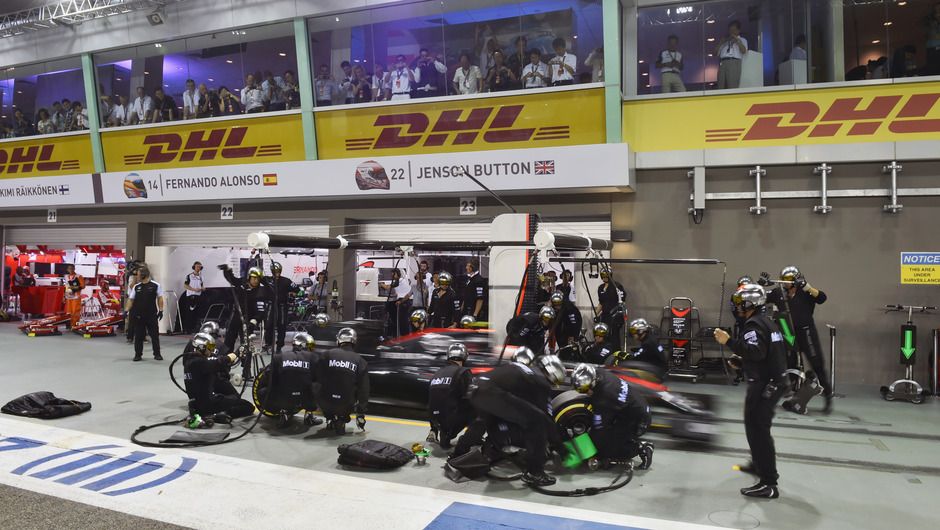
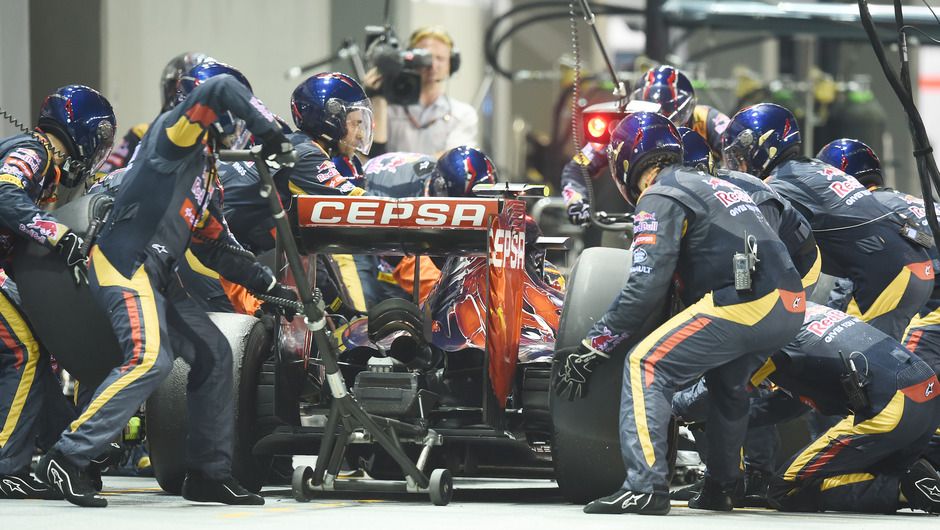
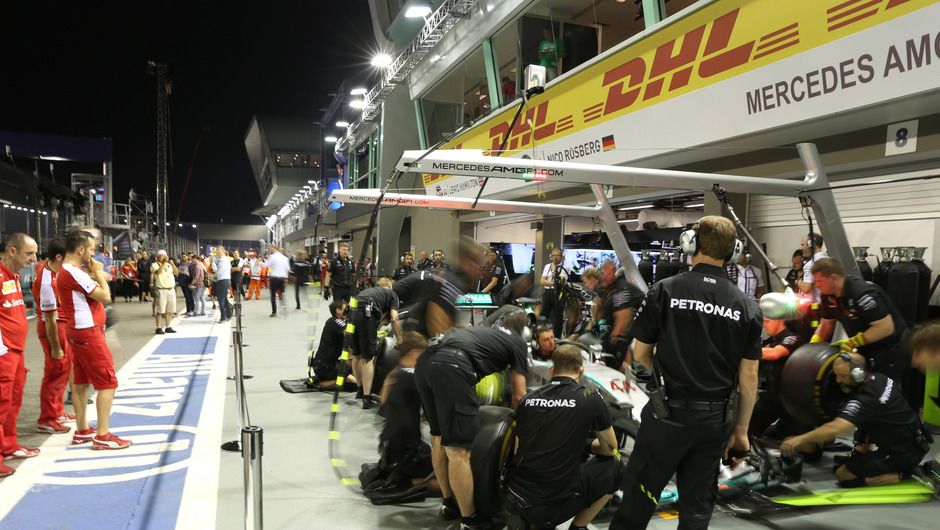
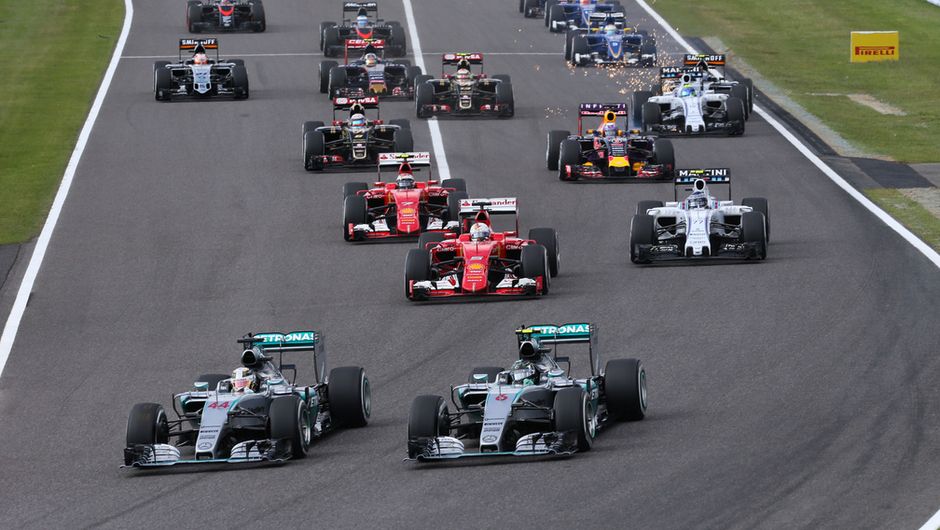
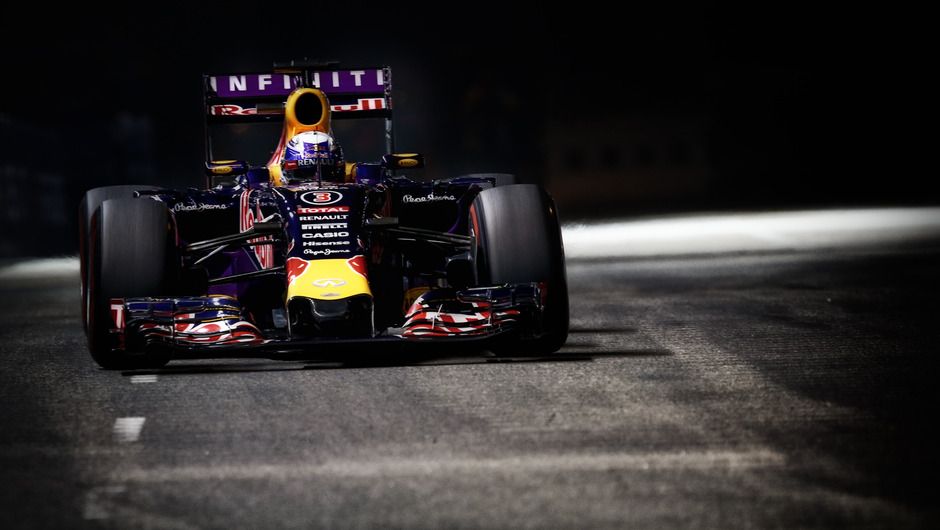
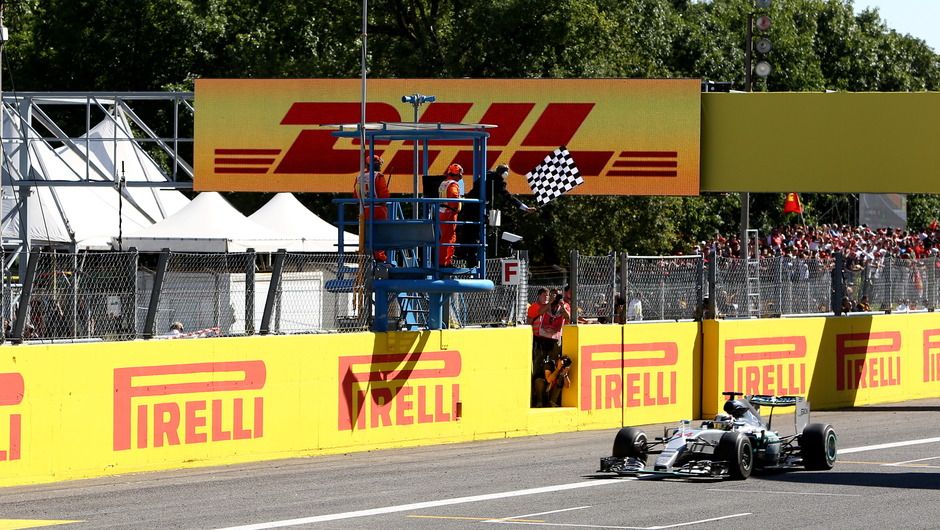

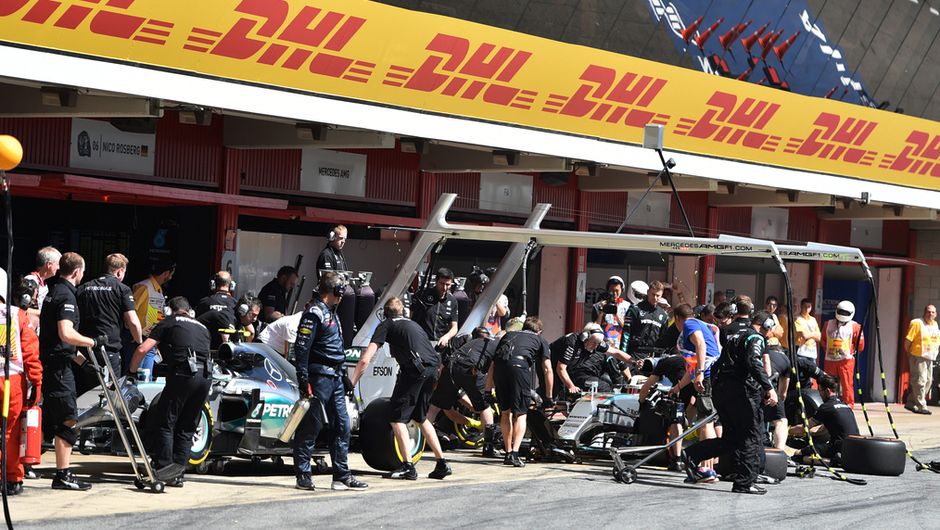
Content from disqus has been blocked because you did not allow to load it.
Loading the blocked content will adjust your privacy setting and content from this service will not be blocked in the future.
You have the right to revoke or change your decision at any time.
Posting Guidelines
All communications on Logistics of Things should be appropriate for a professional community, respecting the diverse views of individuals from different backgrounds. We will review all comments and reserve the right to terminate or restrict access to user's account and to delete any content posted through it, without notice and at our discretion, if we deem it to be overly promotional, offensive, or off topic.
All posting become property of DHL.